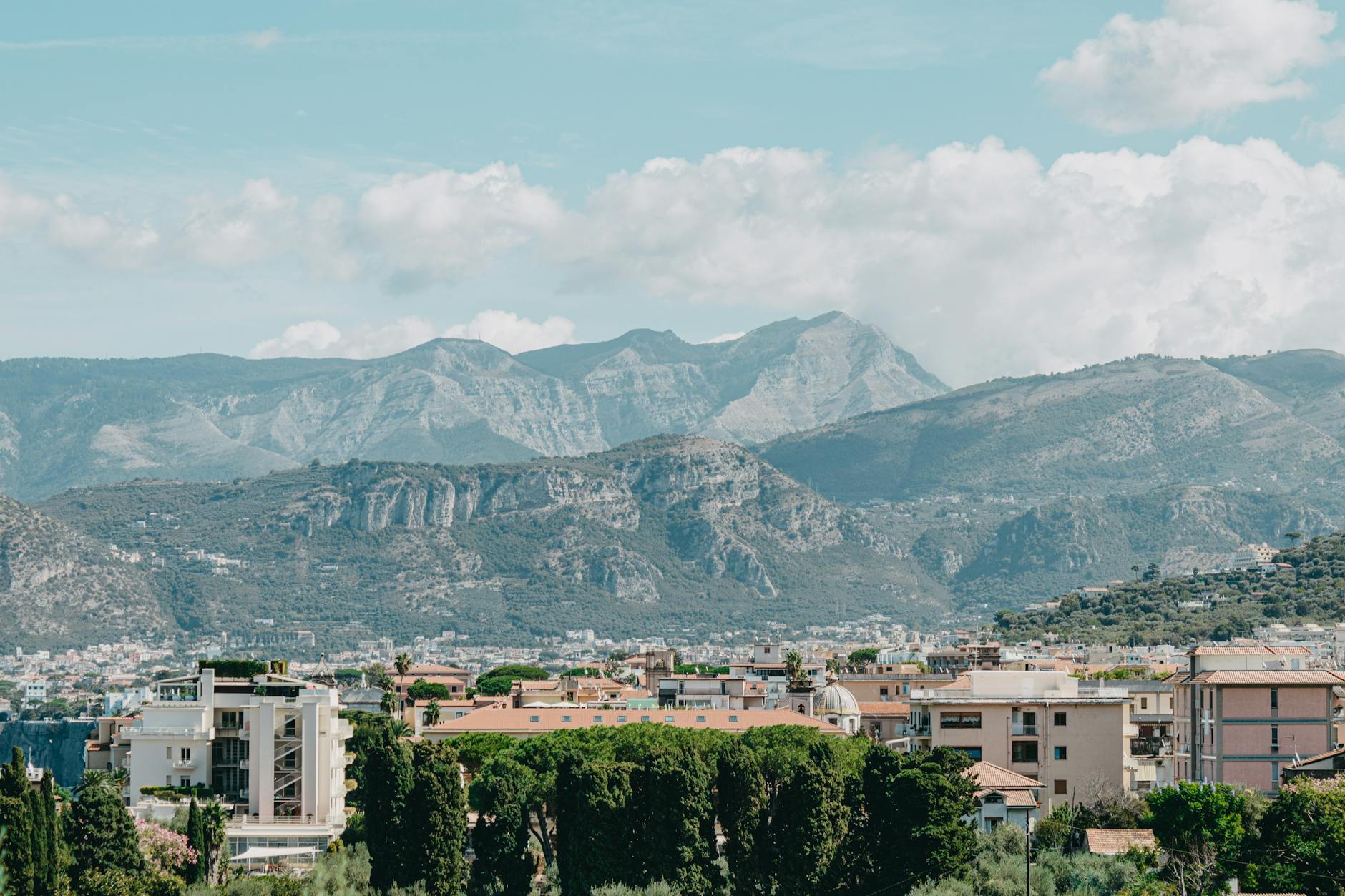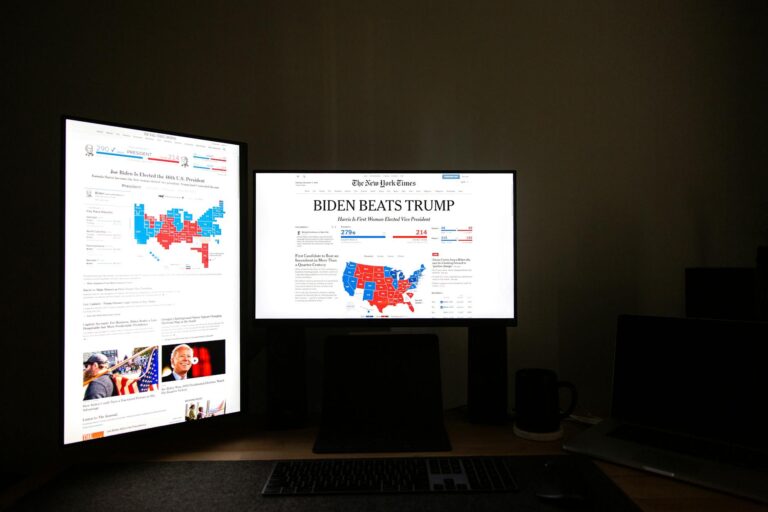Central Vista Makeover: Ministries Packing Up After Decades
You know that stretch from Rashtrapati Bhavan to India Gate? Yeah, that’s getting a major facelift. And here’s the thing—some of our most important ministries are being asked to move out of their century-old offices. It’s like asking your grandpa to switch from his favorite armchair to a fancy new recliner. Comfortable? Maybe. But man, the nostalgia hits hard.
So What’s Actually Happening?
Okay, let me break it down simply. The government’s decided our old British-era buildings—as beautiful as they are—just aren’t cutting it anymore. Leaky roofs, wiring that probably remembers Independence Day firsthand, and let’s not even talk about the AC situation in Delhi summers. The plan? Replace them with modern offices that won’t have employees praying every monsoon.
But here’s where it gets interesting. They’re not just bulldozing history. The iconic North and South Blocks—those postcard-perfect sandstone buildings—are getting preserved on the outside. Inside? That’s still up for debate. Some want museums, others want… honestly, who knows. The kind of debate that’ll have uncles arguing at dinner parties for years.
Who’s Moving Where?
Big names like Defence and Finance Ministries are packing up first. Imagine shifting entire ministries—that’s like moving house but with about 10,000 extra file cabinets. Temporary offices are ready in central Delhi, though I’ve heard some employees are already complaining about the parking situation. Classic.
The government swears this is temporary. By 2025, they promise shiny new offices in the revamped Central Vista. But between you and me? Government timelines have a funny way of stretching. Remember the Metro phase that was “just six months away” for three years?
Why All the Fuss?
On one hand, you’ve got people saying “Finally! Our capital shouldn’t feel like a museum piece.” On the other? Heritage lovers are having minor heart attacks. And can you blame them? Those buildings have seen everything—from Nehru’s speeches to emergency declarations.
The cost—over ₹13,000 crore—has opposition parties seeing red. “Couldn’t this wait?” they ask, especially after pandemic spending. But the government’s betting big. Their pitch? “Think of it like upgrading from a typewriter to a laptop—same work, just way more efficient.”
The Human Side No One’s Talking About
Here’s what gets me. Generations of bureaucrats have worked in those old buildings. The chaiwalas who’ve served tea there for 30 years. The peons who know every creaky floorboard. Where do they fit in this shiny new vision? That’s the part that doesn’t show up in architectural renders.
What’s Next?
New Parliament building’s coming up fast—that triangular thing that looks either futuristic or like a geometry homework problem, depending on who you ask. Solar panels, high-tech security, the works. By 2026, if all goes well (and in Delhi, that’s a big if), we might actually have something that works as good as it looks.
But let’s be real. No matter how fancy the new buildings get, people will still miss the old ones. That’s just how we Indians are—we complain about things until they’re gone, then suddenly remember only the good parts.
Final Thought
This whole thing? It’s not just about concrete and marble. It’s about what kind of India we want to see when we look at our capital. Modern and efficient, sure. But can we keep some soul in the process? That’s the million-rupee question.
What do you think? Progress worth the price, or are we losing something money can’t rebuild? Hit me up in the comments—I’ll be here, drinking chai and watching the construction cranes do their thing.
Source: Times of India – Main









